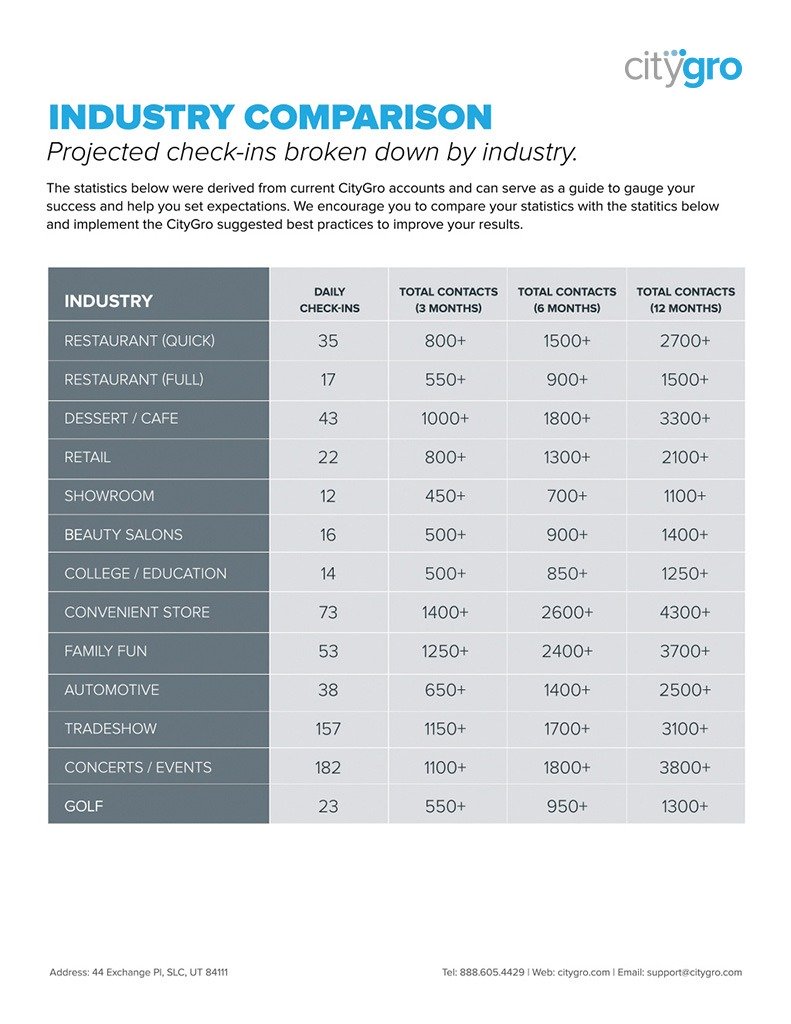How to Have Guaranteed Success in Marketing Segmentation
 You’ve worked hard—your contact list is growing, your customers have opted-in to receive messages from you having given you their contact information and said what products of yours they are interested in. The next step in your marketing efforts is likely implementing marketing segmentation and answering the questions “who should I market to?” and “what should I say?”
You’ve worked hard—your contact list is growing, your customers have opted-in to receive messages from you having given you their contact information and said what products of yours they are interested in. The next step in your marketing efforts is likely implementing marketing segmentation and answering the questions “who should I market to?” and “what should I say?”
The more you know, the less you need to say
It’s a sad thing to admit, but I do listen to (and enjoy) talk radio. The other day I heard an advertisement (on the radio) that asked this question: Would it make sense if when you turned the radio in one room of your house, it turned all the radios in every other room on as well? This ad was for a new more efficient heating/air conditioning technology that has the ability to segment the rooms that need to be heated or cooled, but the principle of this ad carries over very well to your marketing efforts. In order to be most efficient (for you and your customers) in your communication, you need to decide which distinct groups of customers should be receiving your communication.
Motivational speaker Jim Rohn once said “the more you know, the less you need to say.” This statement can easily be applied to marketing by changing a few words: “the more you know about your customers, the less you need to say to them.” Implementing marketing segmentation can make your marketing efforts relevant and quick to the point. As messages are made more relevant, customers will be more willing to appreciate and act on the marketing message received. Your chance at gaining a loyal customer increases every time you segment and cater to well-defined customer groups.
There are numerous methods to segment your customer base, including by demographics, gender, age, buying habits/needs, etc. CityGro offers several ways to set up marketing segmentation with your own customer database. Our marketing segmentation system revolves around one single feature that sets CityGro apart from other communications platforms. It’s called the “Filter“. CityGro filters provide the ability to segment your list of contacts in as detailed and specific of a manner as you would like. Filters are included in messages you send and pages that show up on the Loyalty Kiosk/Webform, and they all work the same way. Here’s what a filter looks like:
The above filter segments your contact list, targeting only the women who have a birthday today. Filters can be as specific as you would like and have the ability to match ALL or ANY of the rules you specify. You can even group rules and require some to have ALL of the rules matched and others to have ANY of the rules matched. The filter can handle marketing segmentation as detailed as you want to be.
Marketing Segmentation
Wikipedia outlines a list of several different methods of segmenting customers in their Market Segmentation article. I’d like to focus on just a few of these methods and highlight how CityGro’s platform and filter can be utilized to achieve this type of segmentation.
Demographic Segmentation
Because every day somebody in the world wakes up on their birthday, and sometimes that somebody is one of your customers, it’s the perfect excuse to offer something to make their day even better. The ability to send a message to someone on their birthday is the most used feature on CityGro. It’s so popular, in fact, that every account in CityGro comes pre-populated with a place to store every customer’s birthday.
Data fields required: Birthday
CityGro feature required: Recurring campaign running every day
Behavioral Segmentation
If you’re using the CityGro Loyalty Kiosk for your customers to check in each time they visit, you automatically have the number of times that customer has visited your business and the date and time of the most recent visit. You can use this data in the filter target your messages to be sent only to customers who have visited over 10 times (using the “# Check-ins” field), or you may want to target customers who have not been in for several months (using the “Last Check-in Time” field), or you could mix both of these and target customers who used to be loyal but have not been in for several months.
We also offer a “Last Message Time” field that stores the last time this customer received a message from you. Use this to prevent too many messages from being sent to your customers. Take a look at “SMS and Email Frequency Best Practices. How Often is too Often?” for more information on this.
Data fields required: # Check-ins, Last Checkin Time, and Last Message Time
Citygro feature needed: Campaigns, Kiosk, Webform, or SMS Keyword
Segmentation by Interests
This is the area where you get to be creative. CityGro offers a wide range of data field types to allow you to learn, whether you want to tag your customers and create a hierarchical order, get their signature, store their account number with your business, or use the iPad’s camera to let them add a picture, we have a data field for you. Remember that any data field can be used with CityGro’s Filter to segment your customer list.
Data fields required: Groups, or any other field you create
CityGro feature needed: Campaigns, Kiosk, Webform, or SMS Keyword
Two types of people
There are two types of people in this world: those who are frequently visiting your business and those who are not. Using these marketing segmentation features that CityGro offers will bring more of your customers back. You’ll also have more customers opt-in and less customers opt-out of your messaging efforts. By investing your marketing dollars into segments of customers who are more likely to purchase from your business, you’ll be spending less on customers who aren’t a good fit. Furthermore, you’ll spend less on marketing, maximizing your ROI, and everybody will be segmented into the proverbial “winning” category. Often, investing in the wrong or unoptimized segments are an unnecessary expense and harder to maintain.
Another Benefit of Customer Segmentation
Customer segmentation is a tool that over time can be used to help improve products and services as you learn more about your customers, taking them into account from the development phase. Fulfilling their needs before they know they have them or find them elsewhere will help you retain customers and further grow your business. By continually striving to have a clear idea of who your customers are, and modifying your marketing efforts and services to match their needs you will begin to see repeat, and happier customers.
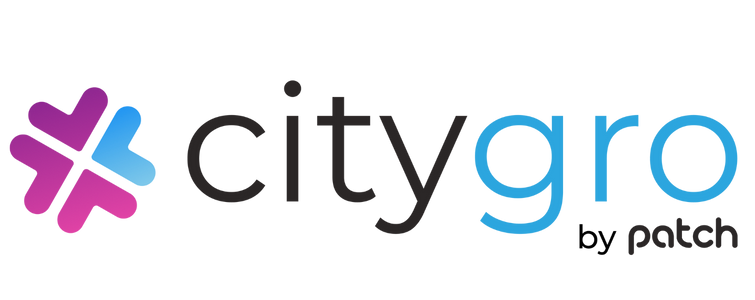

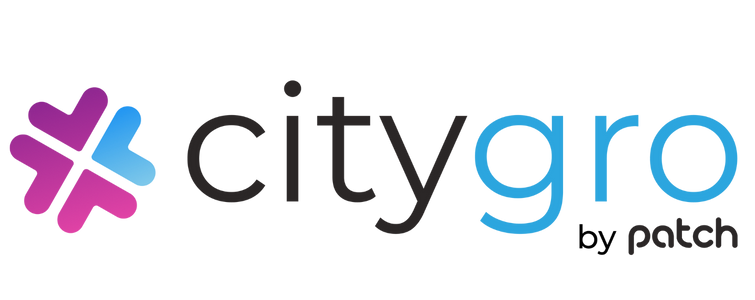



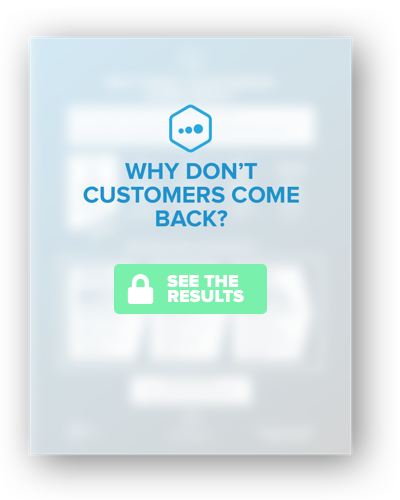
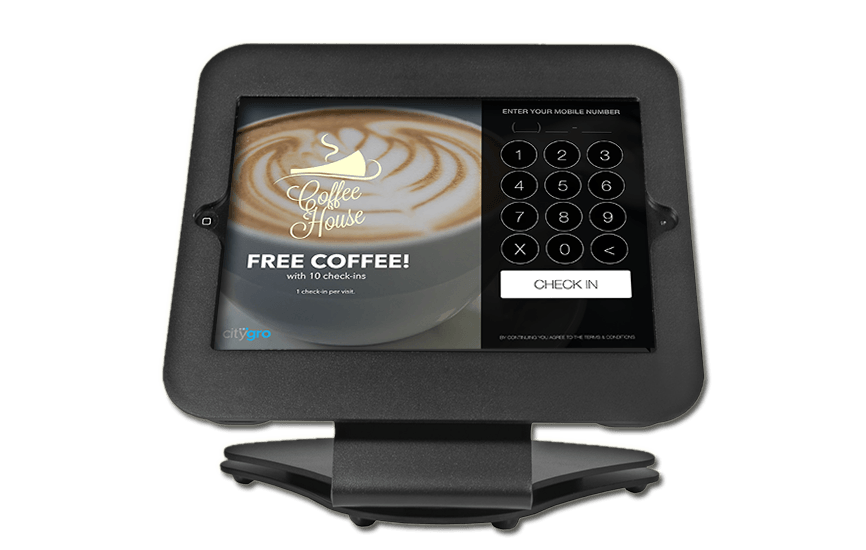 Get this section from Jon. Get this section from Jon. Get this section from Jon. Get this section from Jon. Get this section from Jon. Get this section from Jon. Get this section from Jon. Get this section from Jon. Get this section from Jon.
Get this section from Jon. Get this section from Jon. Get this section from Jon. Get this section from Jon. Get this section from Jon. Get this section from Jon. Get this section from Jon. Get this section from Jon. Get this section from Jon.
